
Table of Contents
There are many types of gold on the market that it can be difficult to know which is the best for you. Of all the options, two that are quite popular are 14k and 10k gold. When speaking about gold karats, it can be confusing because of diamond carats. But those carats are different! Let’s take a look at what gold karatage is, how it impacts gold, and how 10k and 14k gold compare.
What is Gold Karatage?
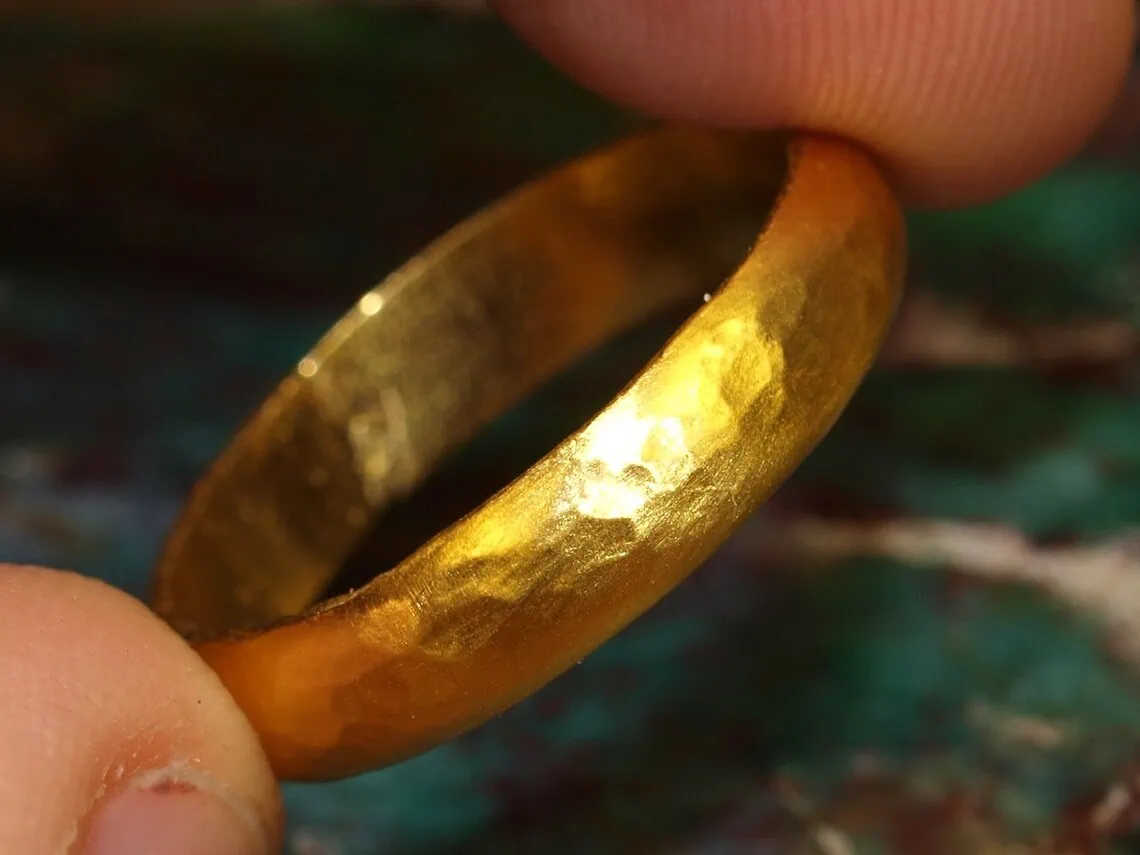
Karatage is how the purity of gold is measured. Pure gold has 24 karats, and is the most valuable type of gold. It’s not always the best for gold jewelry though, because of how soft it is. To make gold more durable and affordable, it can be alloyed with other metals. When this happens, the amount of gold in the alloy is reduced.
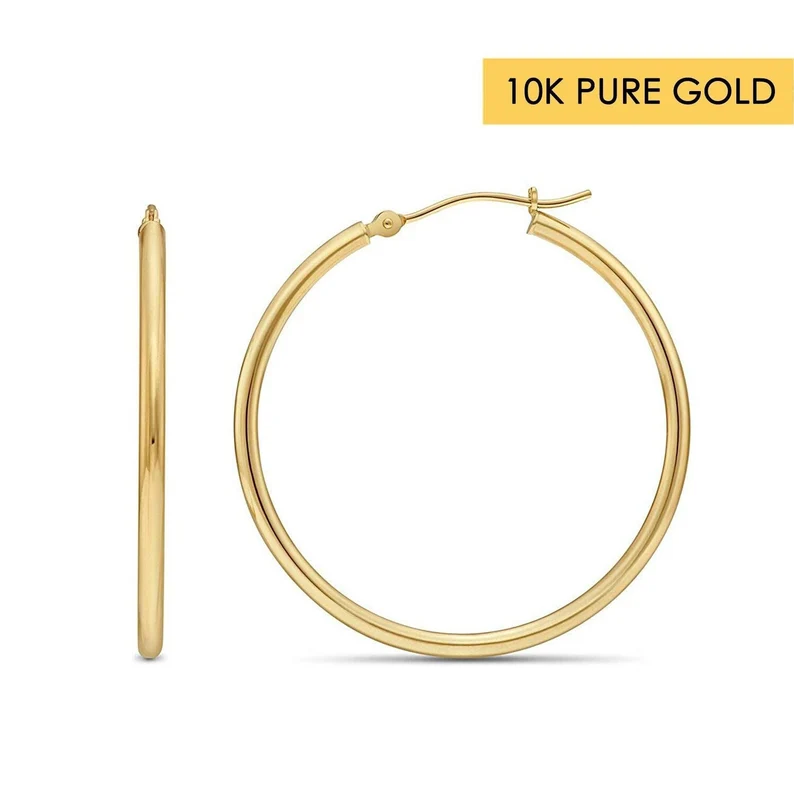
10k gold is made up of 41.7% pure gold, and is mixed with other metals like copper, silver, or zinc to make it stronger. This makes it less likely to bend or scratch, making it a sensible choice for everyday wear.
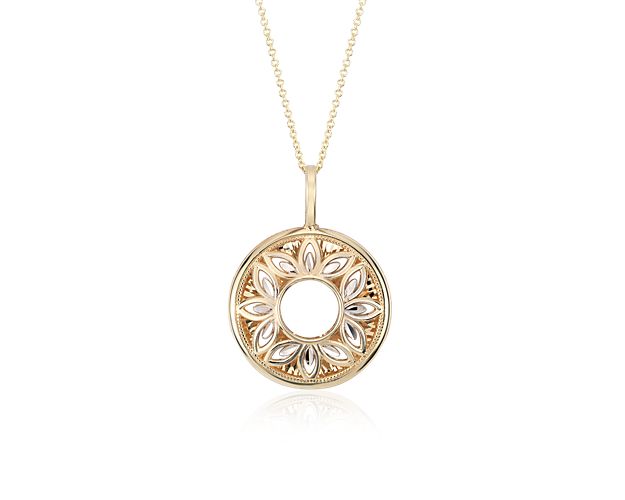
But of all the options, 14k gold is the most popular choice for jewelry, particularly in the United States. It’s got a composition of 58.3% pure gold, which we think is the ideal balance between durability and gold purity. It also has a really great color – not too orangey-gold (like 24 karat) and not too pale.
Main Differences between 10k Gold and 14k Gold
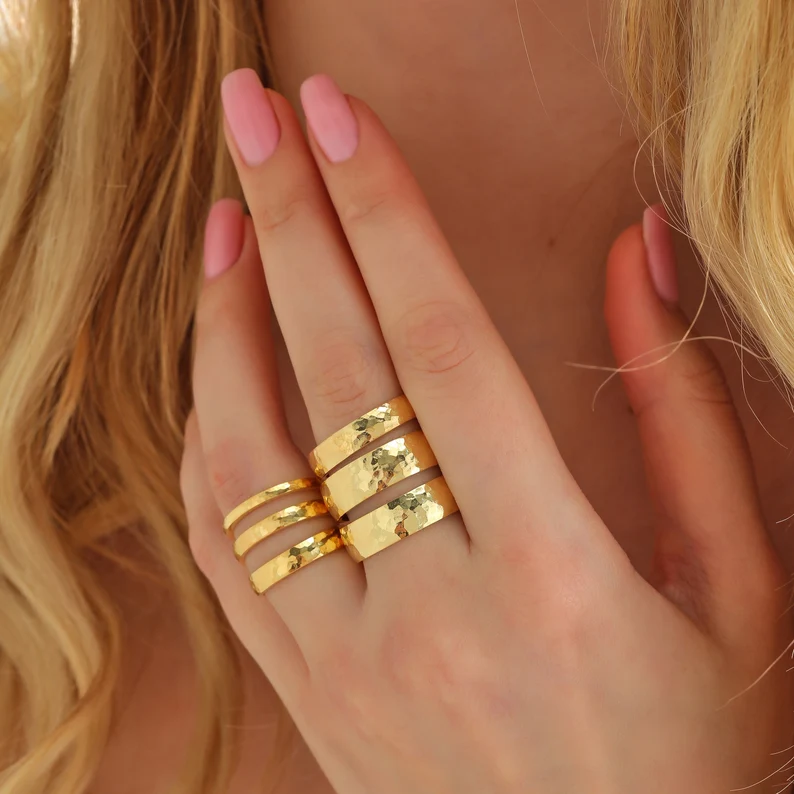
The most obvious difference between these two types of gold alloys is the amount of pure gold each contains. 14k gold is more than half pure gold, whereas 10k gold is much lower. So, how does this impact the alloy?
1. Color
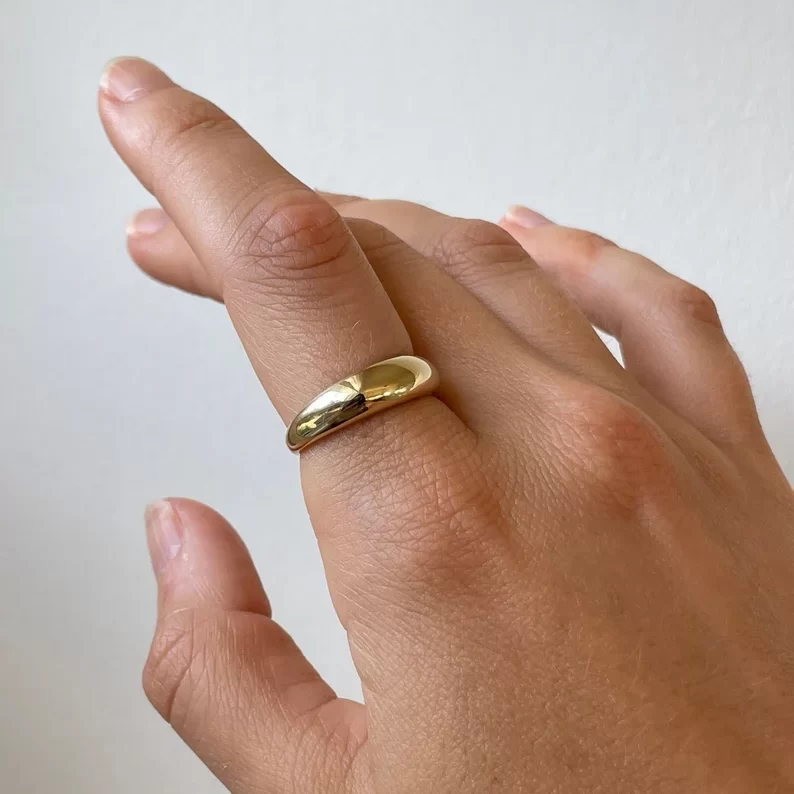
One of the most noticeable differences between 10k and 14k gold is their color. With a higher percentage of gold, 14k gives off a richer yellow appearance, making it incredibly bright and lustrous.
10k yellow gold, on the other hand, has a duller color appearance due to its lower purity.
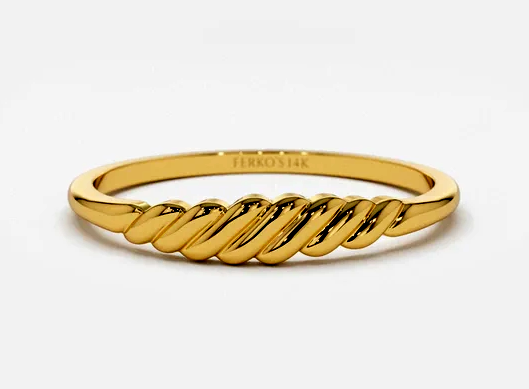
However, this only really applies when it comes to yellow gold. Because white gold contains rhodium plating, it doesn’t make a difference whether the metal is 14k or 10k.
For a consistent look, when you’re layering jewelry, we highly recommend pairing your pieces with the same gold alloy for a consistent look. This will prevent pieces from appearing dull or much brighter than the rest of the ensemble.
2. Strength and Durability
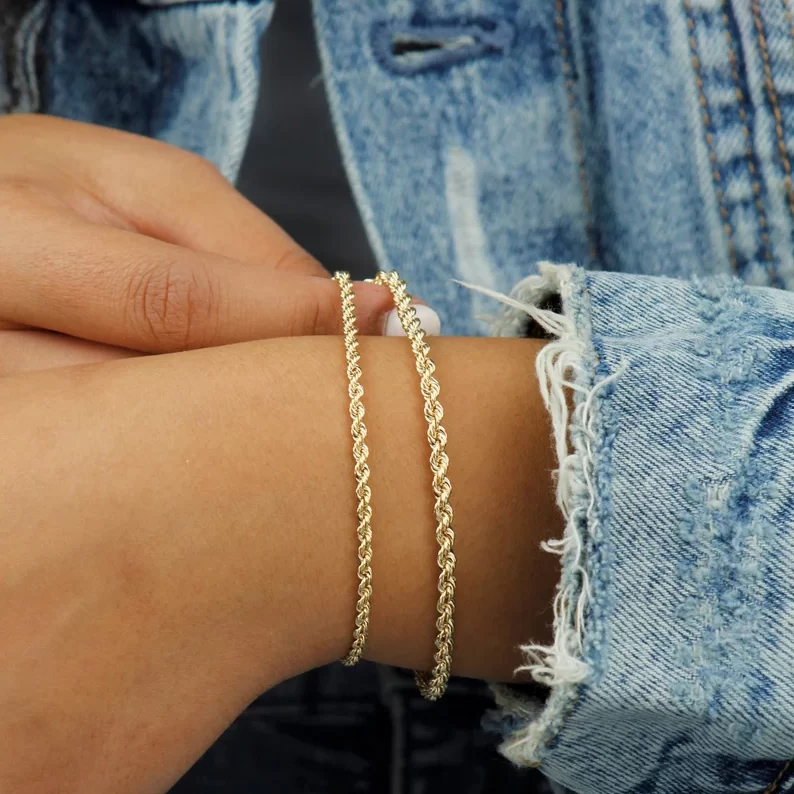
Both 10K gold and 14K gold are known for their durability but with some differences. 10K gold is more durable because of its lower percentage of gold, making it harder and more resistant to denting and scratching. 14k gold is perfect for everyday wear and is very durable, but it can get scratched or damaged more than 10k gold.

Honestly, if your budget allows it, we recommend going for 14k gold. It holds its value more and is more sought after than gold with lower karatage. If you were to resell the gold, it would definitely be more valuable.
3. Hypoallergenic
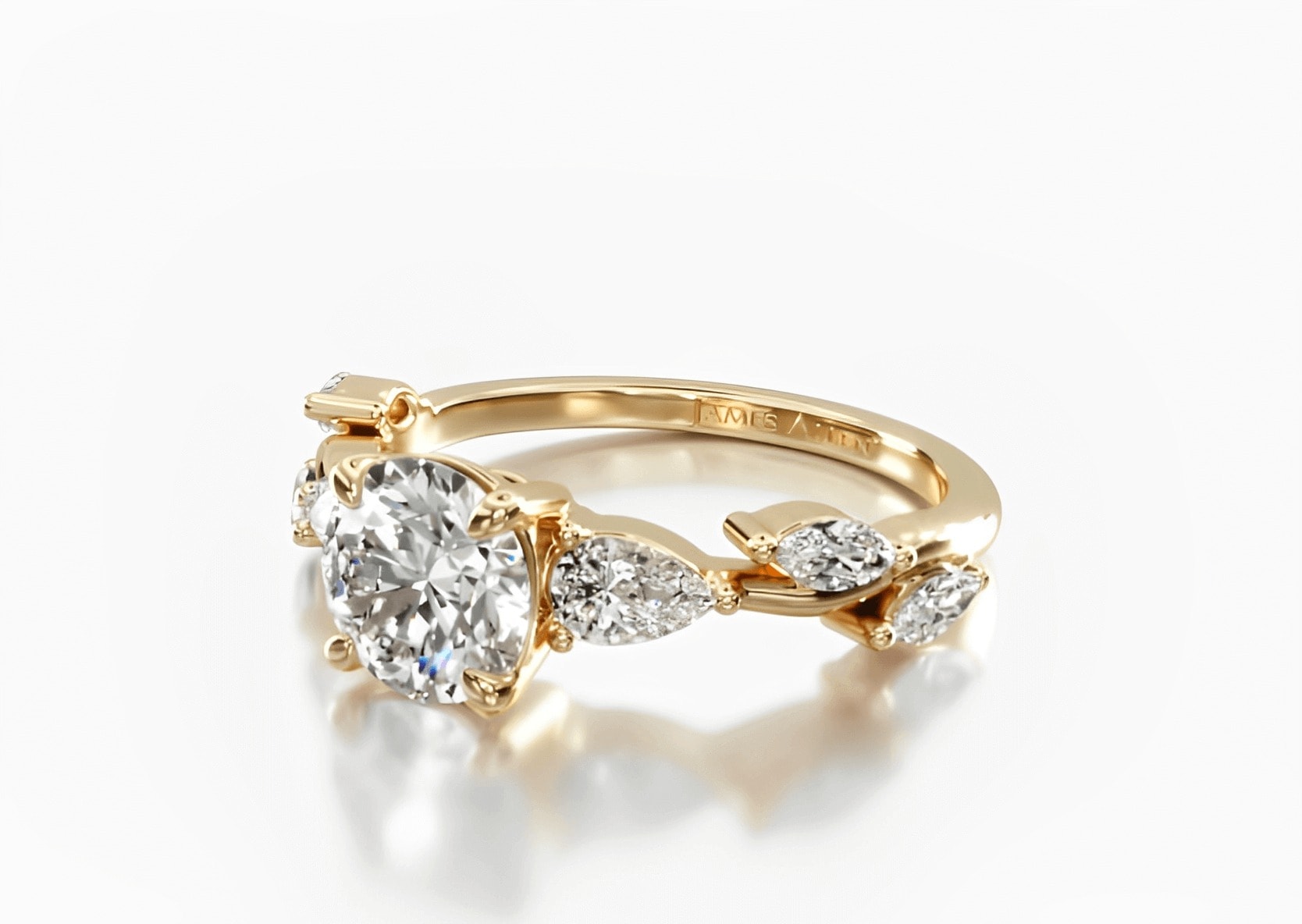
The higher the purity of gold, the lower the chances of allergic reactions from metal. If you have metal allergies, then we recommend going 18k and above. However, most 14k gold is hypoallergenic, as long as the metal hasn’t been mixed with nickel or zinc, which are common allergens.
10k gold is more likely to be mixed with nickel, but again, it depends on the specific alloy and the ingredients they’ve used. It’s best to check if the metal is hypoallergenic prior to purchasing the jewelry.
4. Market Value
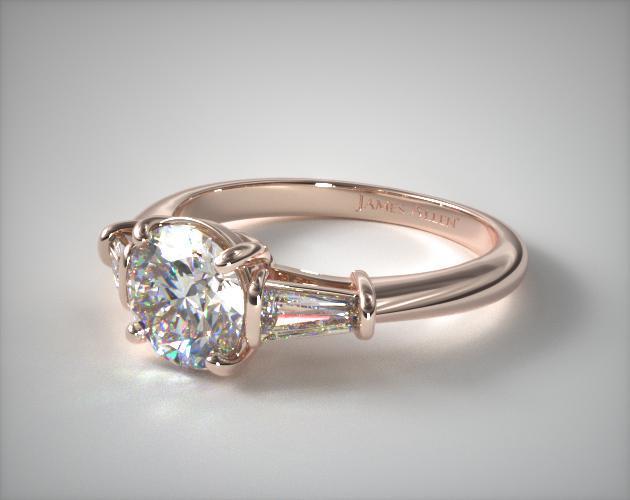
When it comes to gold jewelry, the karatage of the gold determines its value and market price. So, the higher the karatage, the purer and more valuable it is. As such, 14k gold will always have a higher price tag than 10k gold, all else being equal.
On average, the price of gold is directly proportional to the percentage of gold present in the alloy. For example, an ounce of 10k gold will cost approximately 41% of the price of an ounce of 24k gold, while an ounce of 14k gold will cost almost 58% that of pure gold.
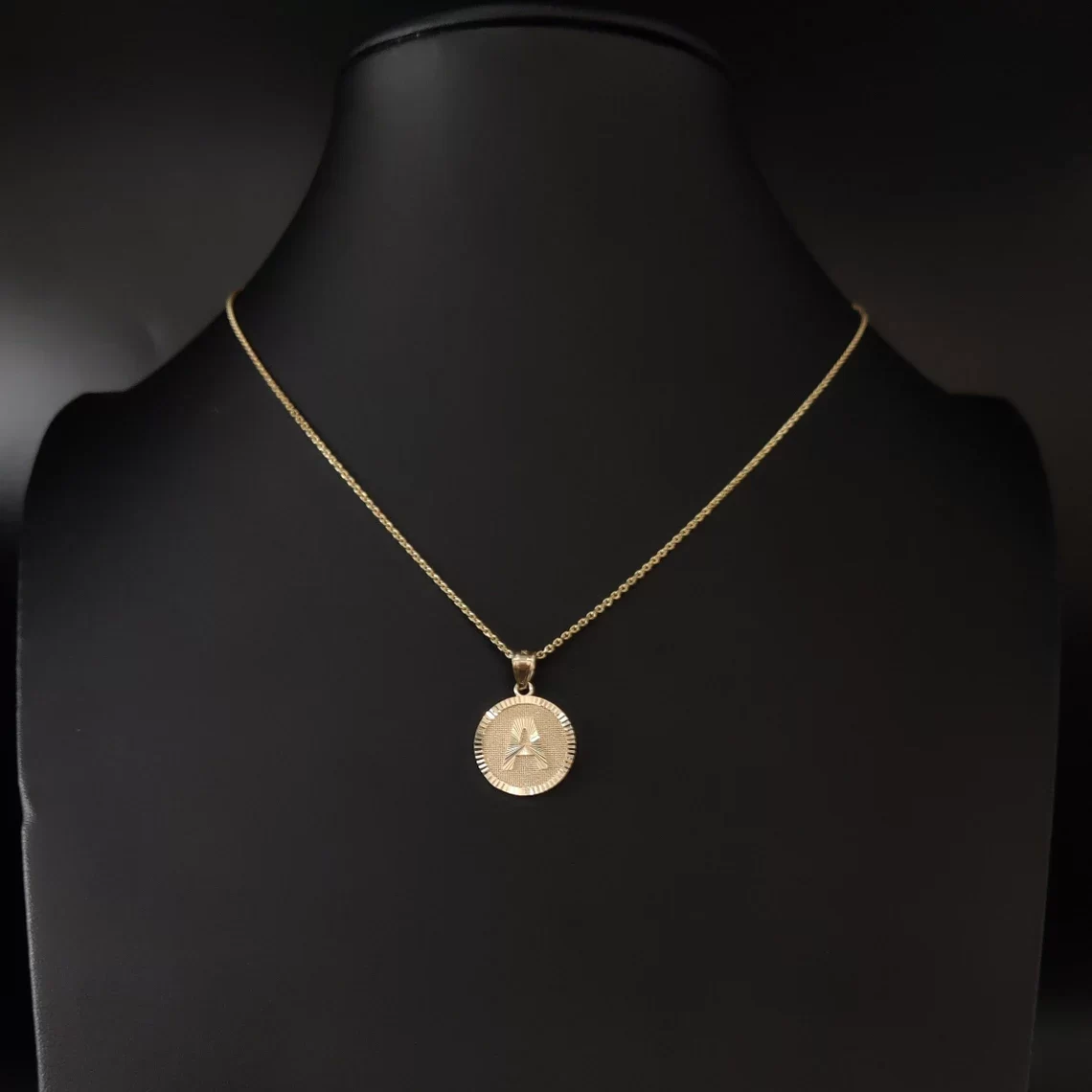
While 10k gold has become increasingly popular due to its affordability, it is considered among the lowest grades of gold accepted in most markets. You likely will not find gold jewelry with a karatage lower than 10k in some countries, as that wouldn’t be considered gold anymore. If only 40% of a metal is gold, is it still really gold?
Most fine jewelry retailers don’t even offer gold below 14k. This makes 10k gold quite rare and hard to find.
Which is the Better Option?
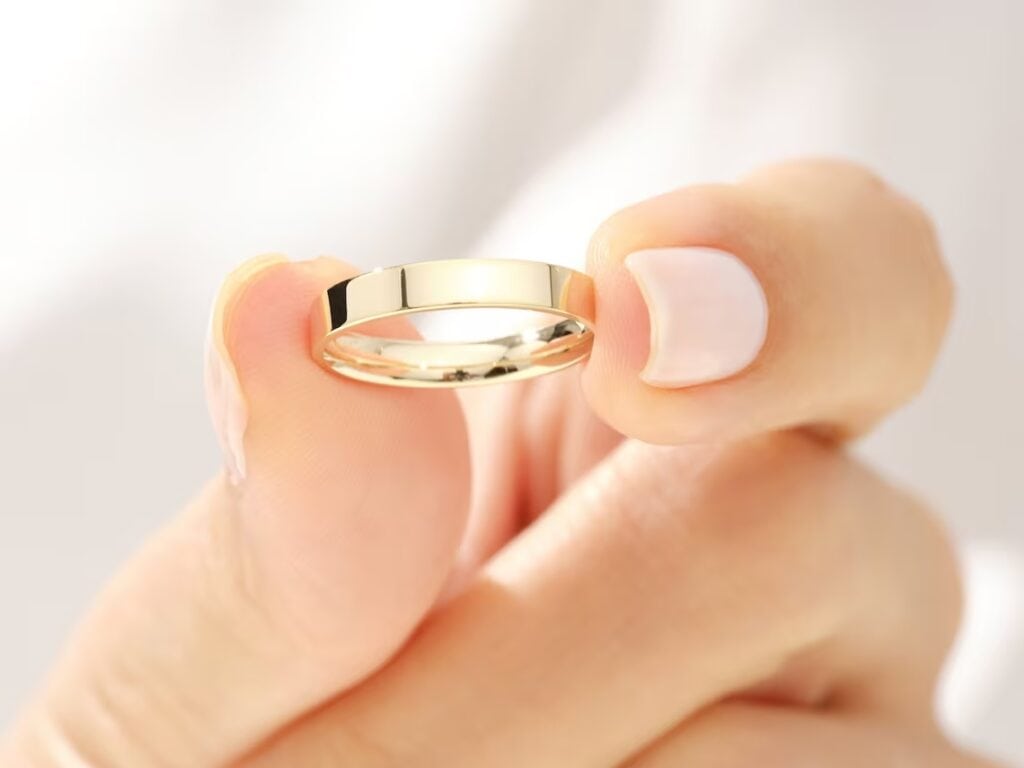
Right, so with all that said, what’s the best option for you to purchase?
If you’re looking for a more budget-friendly option, 10K gold is the better choice. It’s a great option for first-timers or anybody with an extremely active lifestyle, where your jewelry is more likely to become exposed and damaged. However, you will be compromising color and value when you opt for 10k gold.
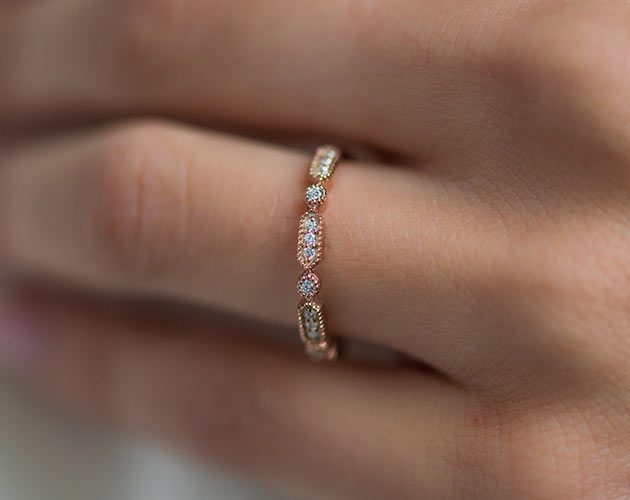
However, if you’re looking for a piece of jewelry that will last for years while also maintaining its shine and color, 14K gold is the way to go. With a higher percentage, 14K gold is more durable with the familiar yellow glow of fine jewelry. You’ll also have endless options as all retailers selling fine jewelry offer 14k gold.
Wrapping Up
So, what’s the final verdict? There’s no correct option, as both these gold alloys offer different benefits depending on your budget, purpose of purchase, and lifestyle. Both alloys have their purposes, but when going for fine jewelry, 14k is the better choice since it strikes the perfect balance between looks and value. Even so, 10k jewelry does have its place, especially when you need to factor in affordability and durability. Which one appeals to you?









